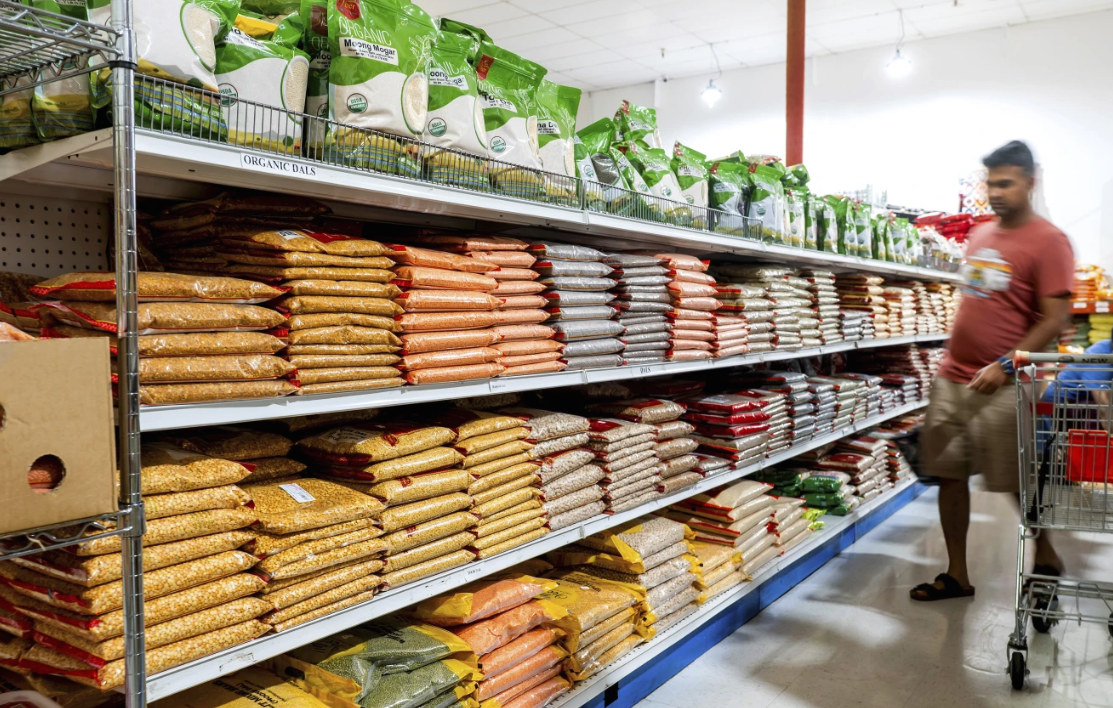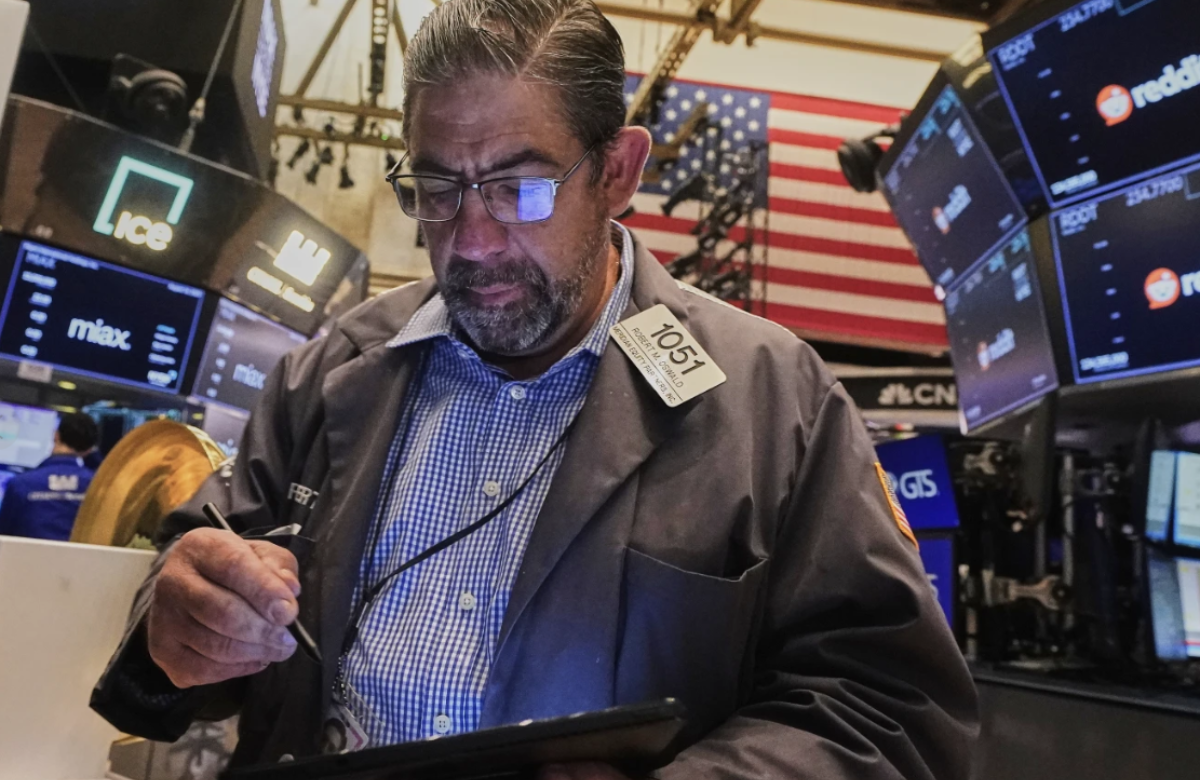Walmart, long known for keeping prices low, is now cautioning customers that they’ll begin to see higher prices on items ranging from bananas to baby gear due to import tariffs. The retail giant, which generates $750 billion in annual revenue, shared with analysts that it’s working hard to absorb the cost increases triggered by President Donald Trump’s tariff policies—but some of the burden will inevitably fall on shoppers.
The tariffs, the steepest imposed since the 1930s, are making it harder for Walmart to maintain its low-price strategy. Although a recent agreement reduced Trump’s proposed 145% tariffs on Chinese goods to 30% and temporarily paused some increases for 90 days, Walmart says the impact is already being felt in stores.
Price hikes started appearing on shelves in late April and have accelerated into May. A more noticeable impact is expected in June and July, especially during the back-to-school shopping season. Chief Financial Officer John David Rainey acknowledged that while Walmart is committed to affordability, there’s a limit to how much cost pressure any retailer can withstand.
Rainey emphasized that the rising costs aren’t limited to non-essentials—basic goods are also affected. For example, the price of bananas from Costa Rica rose from 50 to 54 cents per pound. Car seats made in China, which currently retail for $350, could jump by $100. Baby strollers, also sourced from China, are expected to see similar increases.
The price hikes are hitting at a time when American consumers are already cautious due to inflation concerns and economic uncertainty. Government data released Thursday showed a slowdown in retail sales growth, and Walmart confirmed that its customers are becoming more selective in their spending.
The core of Walmart’s success—offering low prices—is being challenged by the tariffs on goods from China and other countries. Many retailers had initially halted imports of affected products like clothing, shoes, and toys, but are now rushing to resume shipments during the 90-day window created by the temporary truce, hoping to stock up before potential shortages in the fall. Despite this effort, the combination of higher tariffs and surging shipping costs is forcing retailers to raise prices.
Unlike some of its competitors, Walmart chose not to pause shipments from China. Rainey explained that the company prioritized maintaining strong supplier relationships and consistent product flow. Walmart has taken steps to mitigate tariff impacts, including sourcing two-thirds of its merchandise from within the U.S. and focusing heavily on groceries, which now make up about 60% of its U.S. business.
Still, the retailer is not immune. CEO Doug McMillon told analysts that while Walmart imports general merchandise from many countries, China remains a major supplier for key categories like electronics and toys. Tariffs on imports from Costa Rica, Colombia, and Peru are also pushing up costs for produce and flowers, including avocados, coffee, roses, and bananas.
In response, Walmart has asked suppliers to consider substituting materials—for example, using fiberglass instead of aluminum, which was hit by tariffs earlier this year.
“There are certain products that just can’t be sourced or produced easily in the U.S.,” Rainey said.
For the quarter ending April 30, Walmart reported earnings of $4.45 billion, or 56 cents per share, down from $5.10 billion (63 cents per share) the year prior. Adjusted earnings came in at 61 cents per share, beating analysts’ expectations of 58 cents, according to FactSet.
Revenue grew 2.5% to $165.61 billion, slightly below projections. U.S. comparable sales rose 4.5%, a slight dip from previous quarters. Growth was driven by strong sales in groceries and health items, while categories like home goods and sports gear lagged. Sales of toys, automotive products, and children’s apparel helped offset those weaknesses.
Internationally, Walmart’s e-commerce business surged 22%, up from 16% growth the previous quarter.
Looking ahead, Walmart expects sales growth of 3.5% to 4.5% in the second quarter. However, like many other U.S. companies, it refrained from offering a profit forecast due to the unpredictable nature of ongoing trade policy shifts. The company did reaffirm its full-year outlook provided earlier this year.














